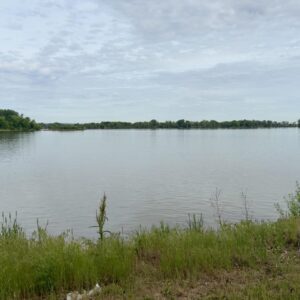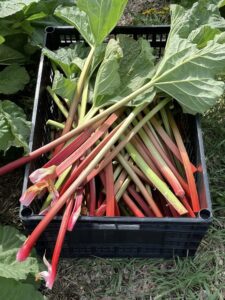Going into the 2024 growing season, agronomists and farmers had some fears of potential dry conditions or leaf diseases, but that never was the case. Lance Tarchionne, Bayer Crop Science Technical Agronomist says looking back, it has been a unique but good season for corn.
“We started off thinking it was going to be too dry, and it wasn’t. And we have been braced for corn diseases such as tar spot all year long, thinking that we were having pretty good weather conditions for that to develop, and wasn’t an issue so far. And the closer we get to the black layer without seeing significant disease in corn, the less possibility we have for yield loss from disease” says Tarchionne. “And some of this early planted corn is not too far away from the black layer already. So it’s going to be an early harvest in certain parts of the state where people were able to get in early.”
Tarchionne adds that some of the damage he has been seeing in corn fields comes from green snap and aphids. While the corn crop has benefited from the moisture, soybeans tell a different story. Tarchionne says disease impact is more noticeable in soybeans.
“We’re seeing quite a bit of sudden death in soybeans, quite a bit of white mold in some pockets. Both of those are, are high moisture diseases, and when we’re blessed with the amount of moisture that we’ve had this year, you can almost bet on seeing stuff like that in soybeans,” says Tarchionne. So hopefully they’re not widespread enough to have a significant impact on yield, but there probably will be parts of fields here and there that get impacted.”
Preliminary reports from the state climatologist’s office show that July was the third wettest on record, with a statewide total precipitation of 7.01 inches; 2.95 inches above the 1991-2020 average.













